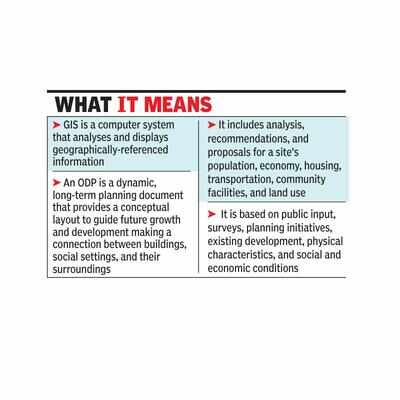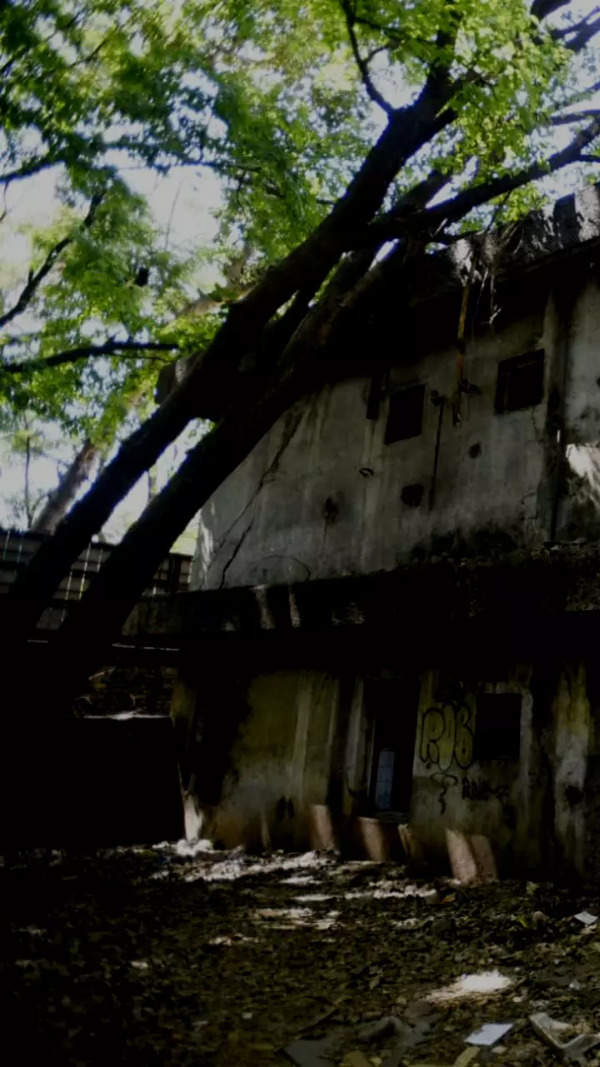Trending Topics
Govt to prepare GIS-based ODP for Ponda

Panaji: The state government has decided to prepare a new geographical information system (GIS)-based outline development plan (OPD) for Ponda town, and has invited bidders to prepare it.
A senior official said that the draft ODP of the Ponda planning area has already been prepared and approved by the government. The process to prepare the final ODP as per Sections 35(5)(6), 36, and 37 of the TCP Act, 1974, is yet to be started, he said.
GIS is a computer system that analyses and displays geographically-referenced information, according to the US geological survey. “If, for example, a rare plant is observed in three different places, GIS analysis might show that the plants are all on north-facing slopes that are above an elevation of 1,000ft and that get more than 10 inches of rain per year.”
The chosen consultant, the official said, will prepare a GIS database of the planning area based on the draft ODP. The database will comprise base map layers, existing land use, and relevant data from stakeholder departments. He said the consultant will also analyse the primary and secondary data of various sectors, including socio-economic, physical, and environmental aspects.
TOI reported on February 18 that Pernem will be the first place in Goa to get a GIS-based zoning plan. In March, TOI reported that for the first time, Panaji would get a GIS-based zoning plan.
An ODP is a dynamic, long-term planning document that provides a conceptual layout to guide future growth and development. An ODP is about making the connection between buildings, social settings, and their surrounding environments. An ODP includes analysis, recommendations, and proposals for a site’s population, economy, housing, transportation, community facilities, and land use. It is based on public input, surveys, planning initiatives, existing development, physical characteristics, and social and economic conditions.
An ODP can have an important role in determining the shape of the urban environment. If not well conceived, they can lead to problems in the future. As city regeneration initiatives are generally long-term propositions, it is important to consider the ODP as a dynamic document that can be altered based on changing project conditions over time.
A senior official said that the draft ODP of the Ponda planning area has already been prepared and approved by the government. The process to prepare the final ODP as per Sections 35(5)(6), 36, and 37 of the TCP Act, 1974, is yet to be started, he said.
GIS is a computer system that analyses and displays geographically-referenced information, according to the US geological survey. “If, for example, a rare plant is observed in three different places, GIS analysis might show that the plants are all on north-facing slopes that are above an elevation of 1,000ft and that get more than 10 inches of rain per year.”
The chosen consultant, the official said, will prepare a GIS database of the planning area based on the draft ODP. The database will comprise base map layers, existing land use, and relevant data from stakeholder departments. He said the consultant will also analyse the primary and secondary data of various sectors, including socio-economic, physical, and environmental aspects.
TOI reported on February 18 that Pernem will be the first place in Goa to get a GIS-based zoning plan. In March, TOI reported that for the first time, Panaji would get a GIS-based zoning plan.
An ODP is a dynamic, long-term planning document that provides a conceptual layout to guide future growth and development. An ODP is about making the connection between buildings, social settings, and their surrounding environments. An ODP includes analysis, recommendations, and proposals for a site’s population, economy, housing, transportation, community facilities, and land use. It is based on public input, surveys, planning initiatives, existing development, physical characteristics, and social and economic conditions.
An ODP can have an important role in determining the shape of the urban environment. If not well conceived, they can lead to problems in the future. As city regeneration initiatives are generally long-term propositions, it is important to consider the ODP as a dynamic document that can be altered based on changing project conditions over time.
Start a Conversation
FOLLOW US ON SOCIAL MEDIA
FacebookTwitterInstagramKOO APPYOUTUBE










